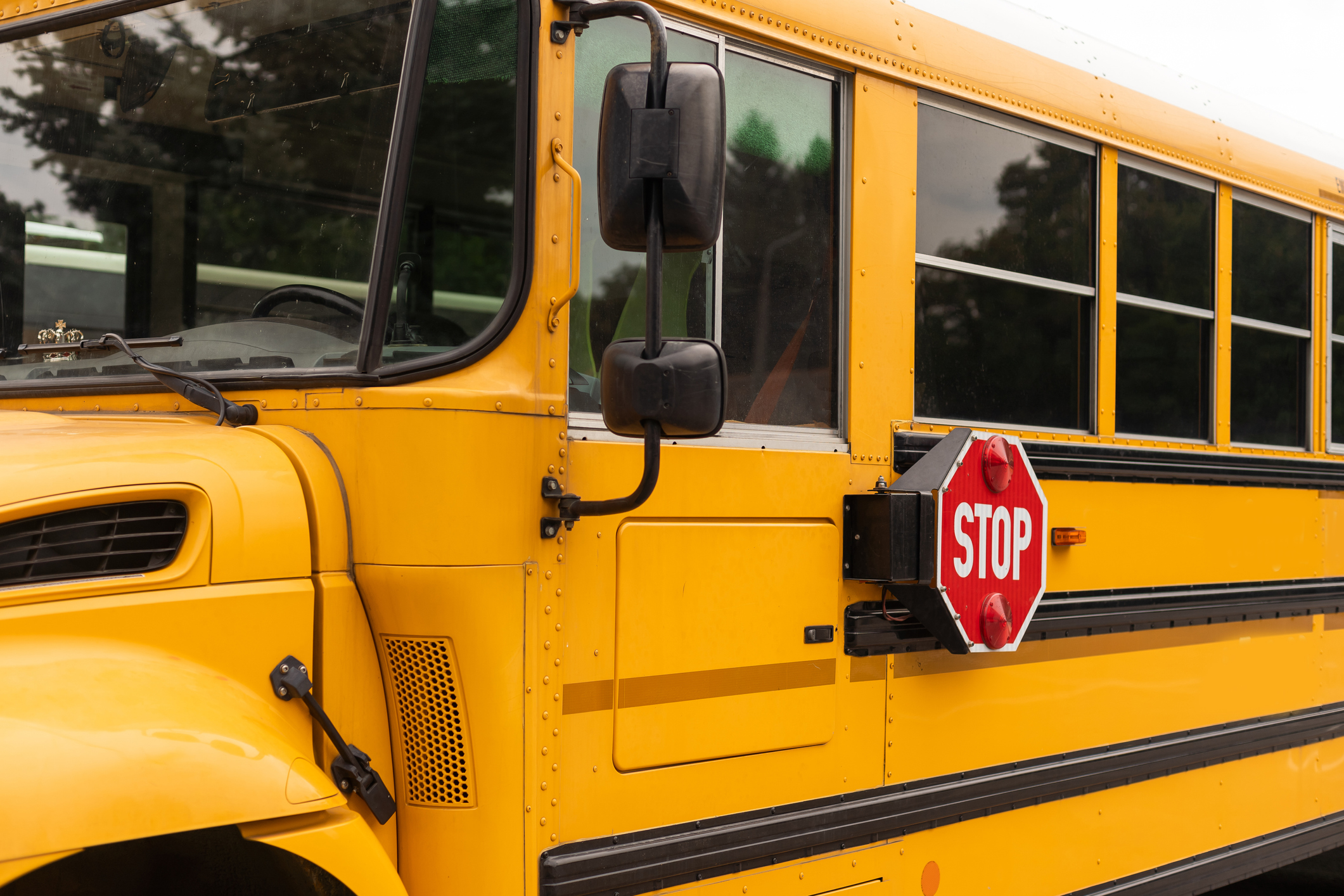Easing Back-to-School Anxiety in Kids

As the summer draws to a close and the back-to-school season approaches, many children experience a surge of anxiety that can make the transition from lazy summer days to structured school routines a daunting challenge. Back-to-school anxiety is a common phenomenon, but with understanding and proactive strategies, parents and caregivers can help ease this transition and set children on a path to success with confidence.
One of the key factors contributing to back-to-school anxiety is the fear of the unknown. Children may worry about new teachers, classmates, academic expectations, and even the physical layout of their new classroom. To alleviate these fears, parents can engage their children in open conversations. Encourage them to share their worries and concerns, and provide honest and age-appropriate information about what to expect. Visiting the school before the academic year begins, if possible, can also help children familiarize themselves with the environment and ease their anxiety.
Creating a predictable routine can provide a sense of stability during this period of change. Gradually reintroducing school-year routines a couple of weeks before school starts, such as adjusting bedtimes and morning routines, can help children adapt more smoothly. Involving children in the process of selecting school supplies, picking out clothes, and planning lunches can empower them and give them a sense of control over their back-to-school experience.
Fostering a positive attitude towards school is crucial. Parents and caregivers can highlight the exciting aspects of the upcoming school year, such as reuniting with friends, exploring new subjects, and participating in extracurricular activities. Emphasizing the social and learning opportunities can help shift children’s focus from anxiety to anticipation.
Additionally, teaching children relaxation techniques can equip them with valuable tools to manage their anxiety. Deep breathing exercises, mindfulness activities, and progressive muscle relaxation are simple techniques that can be practiced at home and easily used during moments of stress at school.
Supportive communication with teachers is essential for addressing back-to-school anxiety. Teachers can play a pivotal role in creating a welcoming and inclusive classroom environment. Sharing relevant information about a child’s anxiety with teachers allows them to provide appropriate support and understanding. Collaborating with teachers to set up a buddy system or peer support network can also help anxious children feel more comfortable and connected.
In conclusion, back-to-school anxiety is a natural response to the upcoming changes and challenges that the new academic year may bring. By nurturing open communication, establishing routines, fostering positive attitudes, teaching relaxation techniques, and engaging with teachers, parents and caregivers can significantly ease their children’s back-to-school anxiety. With the right support, children can embark on the new school year with confidence, resilience, and a sense of excitement for the journey ahead.



